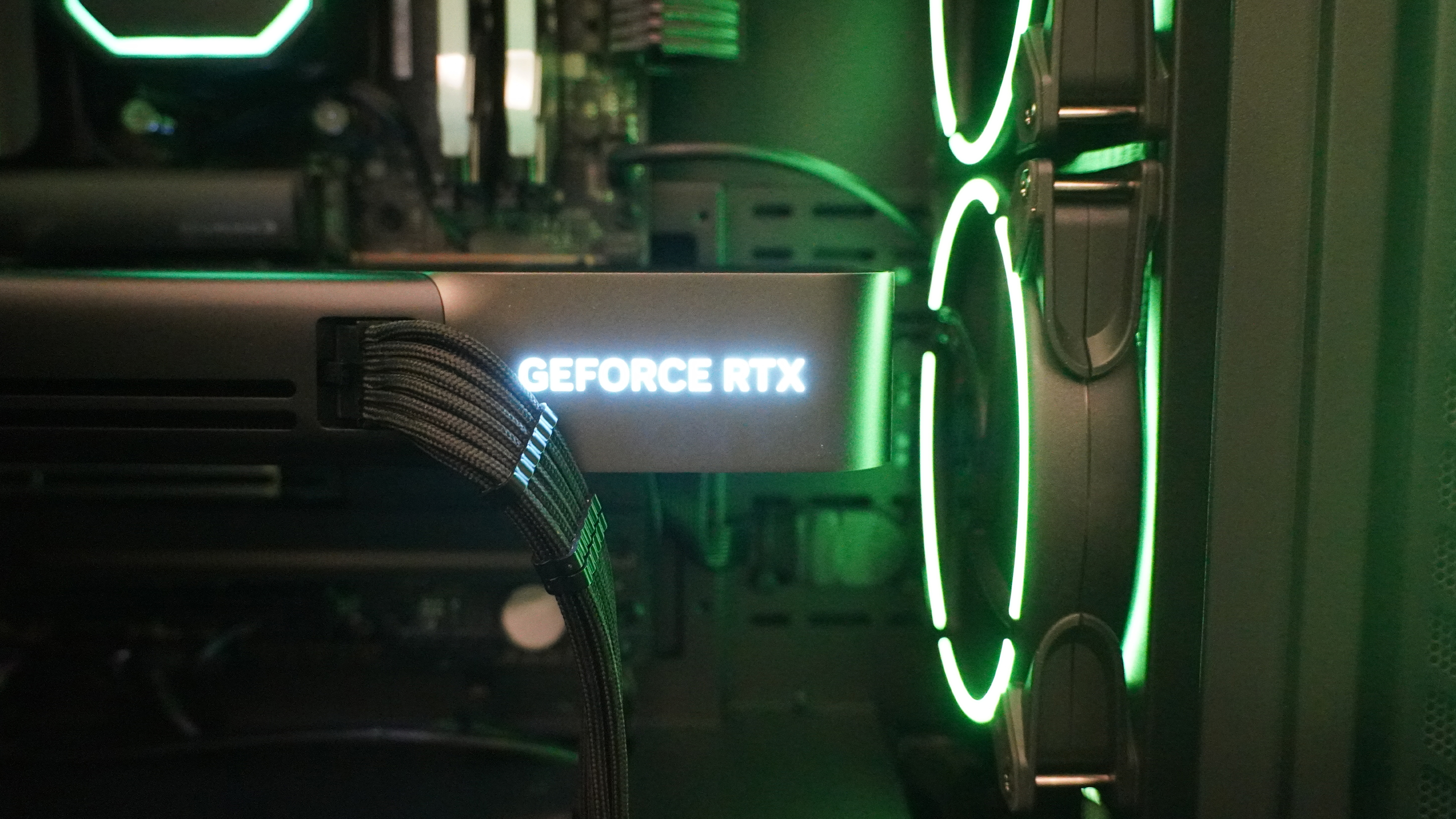If these are the 50 series prices from third parties, I'm out.
Prepare to pay up to $2,799 for an RTX 5090

www.tomsguide.com
Just much too high compared to the FE cards. I was willing to be financially irresponsible to some degree, but these prices are beyond that. $1100 instead of $1000 for a 5080 is something I could probably swing. Pricing here will be way worse because of exchange rates on top of that. But you start getting into $200, $300, $400, $500, $600 more ... there's just no way. There's only one card on this list that I could possibly look at, and I guarantee it's going to be impossible to get because there will be a lot of people in the same boat as me.

